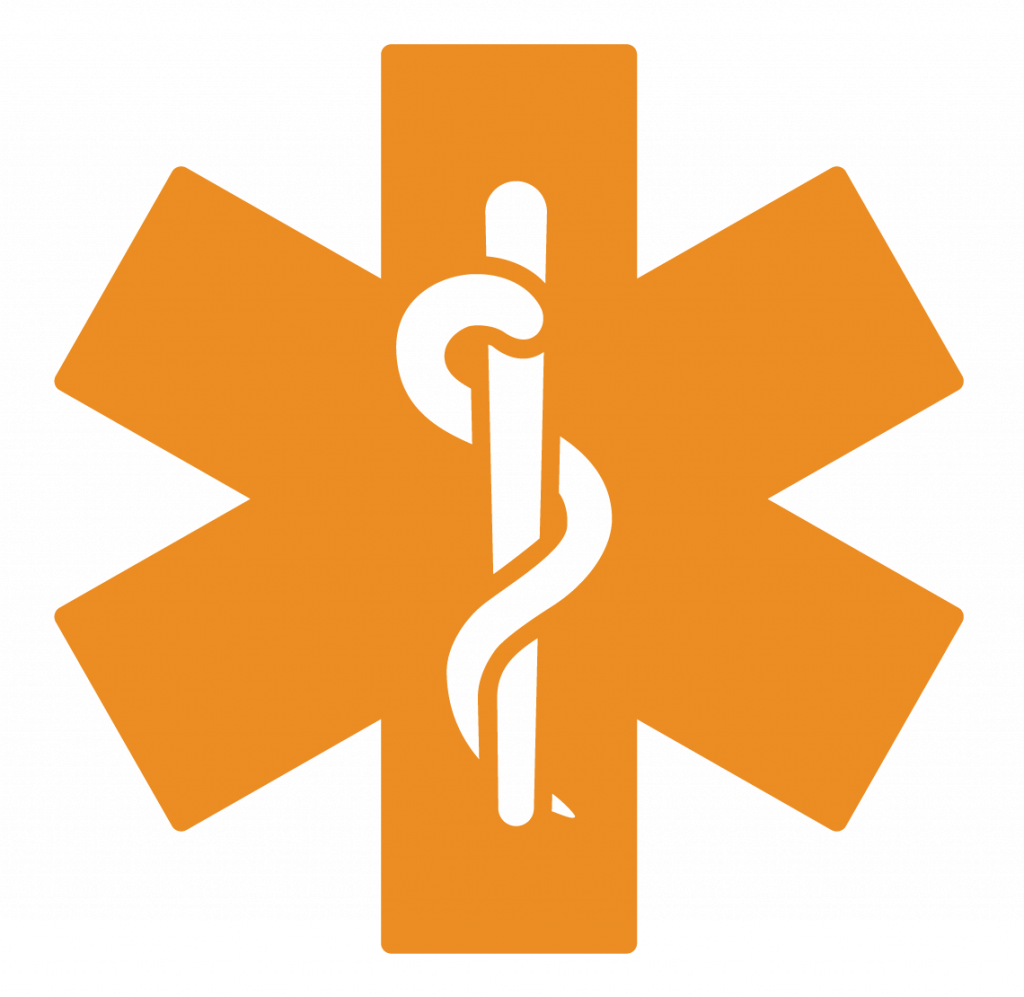To Buy Nolvadex Online Visit Our Pharmacy ↓
 Nolvadex Side Effects You Should Know
Nolvadex Side Effects You Should Know
Recognizing Common Physical Side Effects and Symptoms
I remember the first days after starting treatment when small aches, hot flashes and breast tenderness crept in; they felt truly ordinary at first, easy to dismiss and explain away.
Within weeks fatigue and nausea can persist, appetite shifts might occur, and mild headaches are common. Skin rashes and muscle cramps appear occassionally, also reminding you to monitor symptoms closely.
Keep a simple log of changes, note severity and timing, and tell your clinician about any worsening signs such as intense pain or jaundice; early recognition helps guide safe adjustments.
| Symptom | Typical timing |
|---|---|
| Fatigue | Early |
Rare but Serious Risks You Must Watch

I still recall the prescription: curiosity tempered by caution as leaflet mentioned blood clot risk and liver markers to sometimes monitor with nolvadex.
Serious events like DVT, pulmonary embolism or stroke are rare but if unexplained bruising, severe pain, or jaundice occured seek emergency care now.
Allergic reactions can escalate quickly; swelling of face or throat, difficulty breathing, chest pain or severe headaches require urgent evaluation and hospitalization.
Discuss risks with your clinician, get baseline blood tests, and stop medication immediately if severe symptoms develop; don't wait for subtle signs.
Emotional Changes and Cognitive Fog: Mental Impact
I remember feeling detached in the weeks after starting nolvadex; small moods swung without warning and focus blurred during meetings. These mental shifts can be subtle—low mood, irritability and fatigue creep in—making daily tasks feel heavier and concentration harder than before and memory lapses appear.
If symptoms intensify or disrupt work and relationships, consult your clinician promptly. They can assess mood, screen for depression and consider dose adjustments. Nonpharmacologic steps like sleep hygiene, exercise, counseling and support groups occassionally ease cognitive fog; tracking symptoms helps clinicians tailor safer care options.
Fertility, Pregnancy Concerns and Long-term Implications

A young woman told me she feared losing her chance to have children when prescribed nolvadex; her anxiety was real, and clinicians often start conversations about menstrual changes and ovulatory shifts early in treatment.
Pregnancy while on therapy carries clear risks, so contraception is generally advised. Occassionally, doctors will recommend waiting several months after stopping the drug before attempting conception to reduce teratogenic risks.
Longer-term fertility outcomes vary: many recover normal cycles, but some experience prolonged amenorrhea or altered ovarian response. Patients should recieve tailored counselling and baseline fertility assessment if childbearing is anticipated.
Consider fertility preservation options, timing of conception, and close coordination between oncology and reproductive specialists. Keeping clear records and asking direct questions helps patients feel empowered and reduces uncertainty about future parenting plans. Seek timely referrals and emotional support when worries persist, and practical planning help.
Drug Interactions, Contraindications and Safety Precautions
Patients should be aware that nolvadex can alter levels of other drugs — notably anticoagulants, some antidepressants and CYP450 substrates. Always tell prescribers about supplements, herbs and OTC meds before starting.
Contraindications include active liver disease and pregnancy; clot history requires caution.
| Risk | Example |
|---|---|
| Liver | elevated enzymes |
| Pregnancy | teratogenic risk |
| Bleeding | interaction with warfarin |
Teh safest approach is to always inform every provider, avoid self-medication and report unusual bleeding, vision changes or sudden severe mood shifts; seek immediate care for DVT or stroke signs.
Practical Management Tips and When to Seek Help
When taking Nolvadex, keep a simple symptom log and schedule regular blood tests; Occassionally small changes foreshadow bigger issues. Trust your clinician, avoid mixing medications without a consult, and prioritize hydration, sleep, and balanced nutrition to lessen common side effects.
If severe pain, visual changes, swelling or persistent mood swings occur, seek urgent care. Mild discomforts may resolve, but don’t wait untill issues escalate; early attention often prevents chronic problems. Discuss supplements and all medications with your prescriber and use trusted resources for guidance. FDA: Nolvadex info PubMed: tamoxifen studies












